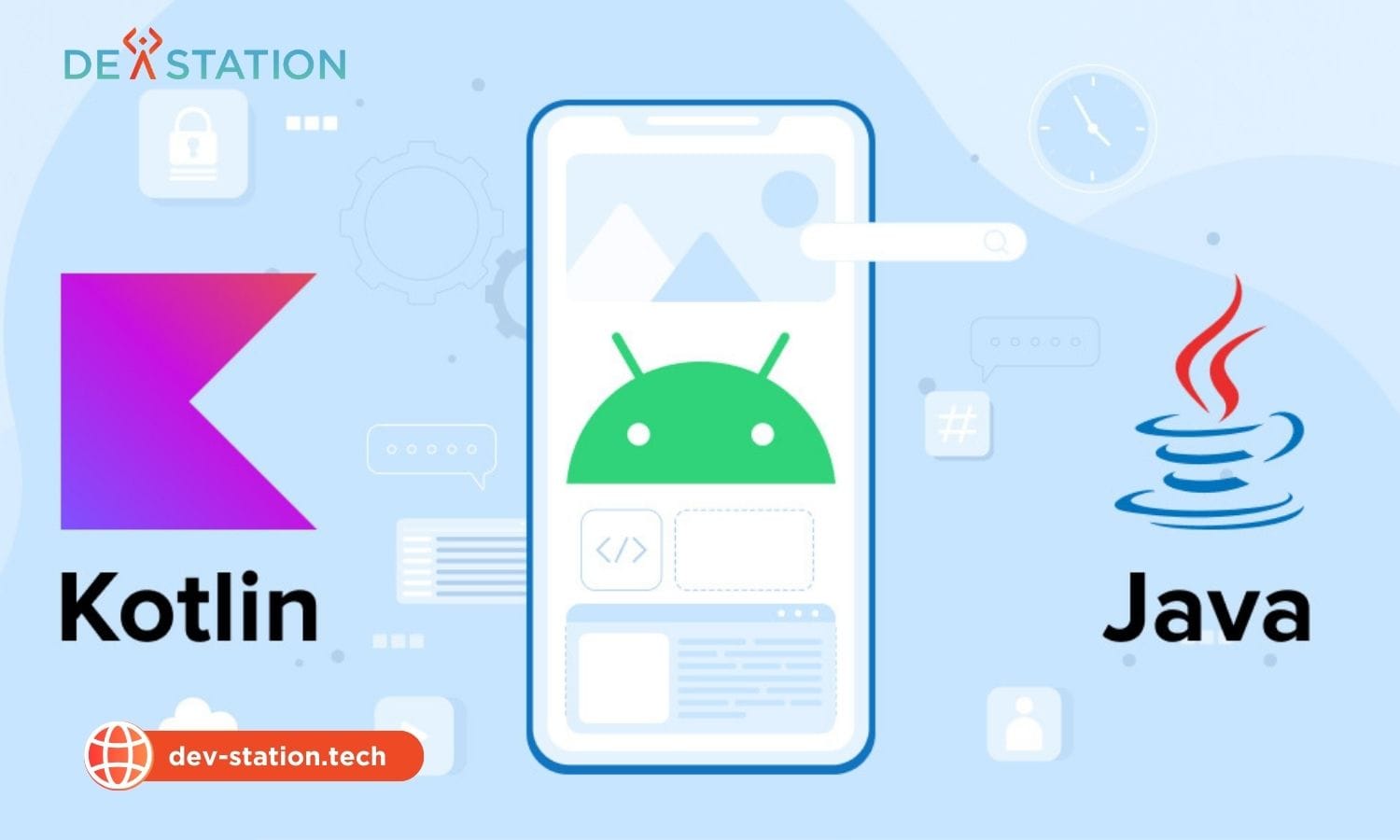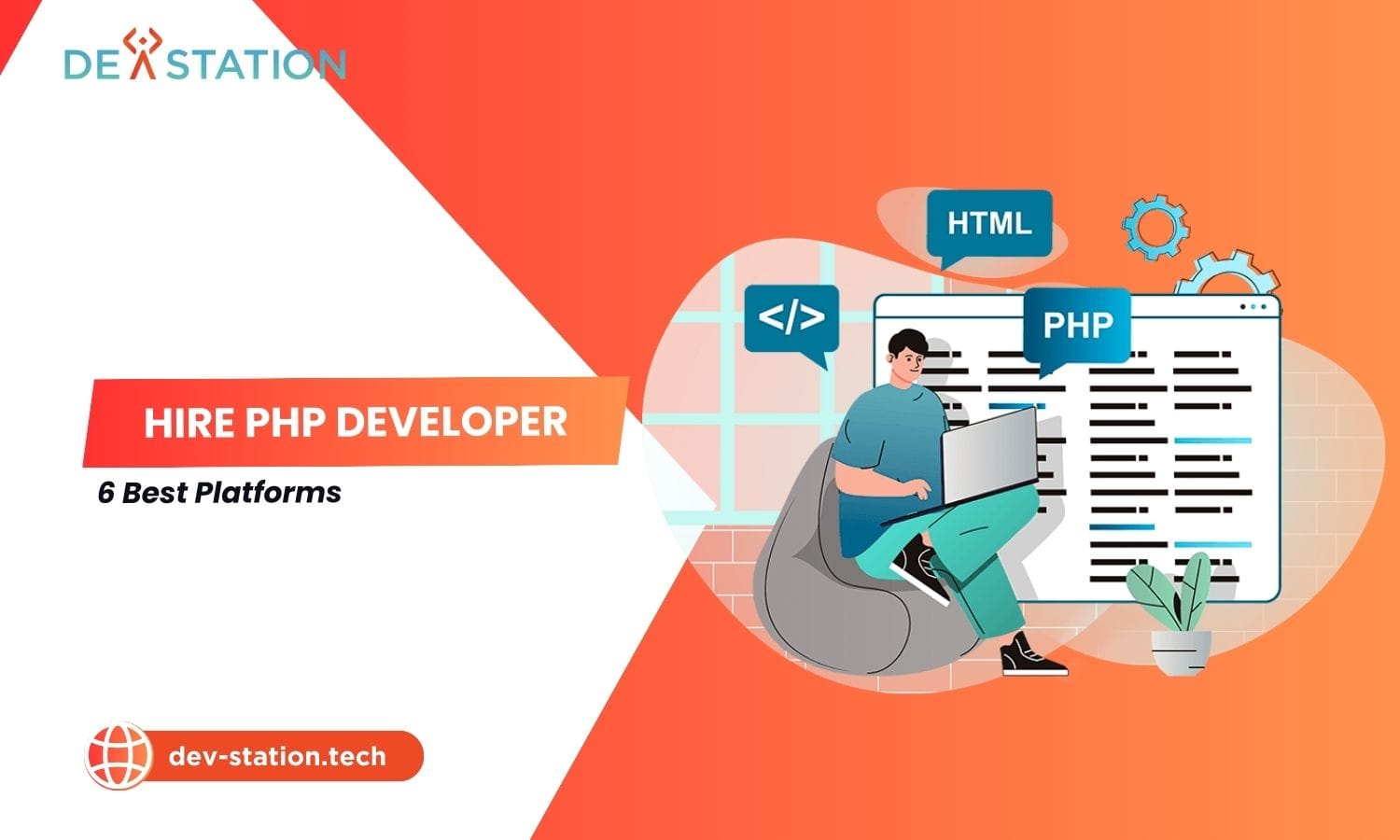Google Cloud IoT offers a powerful suite of services, providing a robust platform for developing scalable and intelligent Internet of Things solutions that dev-station.tech helps you master. Our guide empowers you to seamlessly connect, manage, and analyze your device data, transforming operational insights into tangible business value. Explore GCP IoT services, data processing pipelines, and advanced analytics.
Contents
ToggleHow Do You Build a Scalable IoT Solution on GCP?
Building a scalable IoT solution on Google Cloud Platform involves a structured five-step process: defining the architecture, connecting devices, ingesting data with Pub/Sub, processing it with services like Dataflow, and deriving insights using BigQuery and Vertex AI for advanced analytics.
Constructing a solution on the Google Cloud internet of things ecosystem is a journey of transforming raw device data into actionable intelligence. This process requires a well-defined strategy and the right combination of services. At Dev Station Technology, we guide our clients through each stage to ensure a successful deployment that scales with their business needs. Below is a detailed, step-by-step guide to bring your IoT project to life on GCP.
Step 1: Initial IoT Architecture
Your initial design should follow a layered model. This includes the device layer for data collection, the gateway layer for secure connectivity, and the cloud layer for data processing and analysis. A well-designed iot architecture is the foundation for a scalable and maintainable system. For instance, a smart agriculture solution might involve soil sensors (device layer) connecting via a LoRaWAN gateway (gateway layer) to GCP services (cloud layer). This modular approach ensures that each part of the system can be optimized independently.
Step 2: Securely Connect and Manage Devices
Devices connect to GCP primarily using the MQTT protocol, a lightweight messaging standard ideal for IoT. You can use services like Cloud Pub/Sub, which natively supports MQTT, to handle device communication. While Google’s IoT Core is being phased out, its functionalities for secure iot device management, such as authentication using JSON Web Tokens (JWTs) and device registries, can be replicated with custom solutions on GCP or by leveraging partner solutions. For example, a device can be programmed to publish its telemetry data every 30 seconds to a specific Pub/Sub topic, with a specific mqtt qos level ensuring message delivery.
Step 3: Ingest Streaming Data
Cloud Pub/Sub is the premier service for data ingestion on GCP. It is a fully-managed, real-time messaging service that can handle millions of messages per second. Pub/Sub decouples data producers (your IoT devices) from data consumers (your processing applications), creating a highly scalable and resilient data pipeline. For example, a fleet of 100,000 vehicles each sending a location update every 10 seconds generates 10,000 messages per second. Pub/Sub handles this volume effortlessly, ensuring no data is lost even if downstream processing systems are temporarily unavailable.
Step 4: Process and Analyze IoT Data in Real-Time
For real-time processing, Cloud Dataflow is the ideal choice. It is a unified stream and batch data processing service. You can create pipelines that read from Pub/Sub, transform the data, and write it to a destination. For long-term storage and large-scale analytics, you would stream the data into BigQuery, Google’s serverless data warehouse. A common use case is a Dataflow job that calculates 5-minute average temperature readings from a stream of sensor data and flags anomalies before storing the aggregated results in BigQuery. This makes complex iot integration with business intelligence tools straightforward.
Step 5: Apply AI and Machine Learning
With your data warehoused in BigQuery, you can leverage Vertex AI, Google’s unified machine learning platform. You can use AutoML to train models with minimal coding or build custom models with TensorFlow. A powerful application is predictive maintenance, where you train a model on historical sensor data from machinery to predict failures before they occur. For example, a model could learn that a specific vibration frequency combined with a 5% temperature increase predicts a bearing failure within the next 48 hours, enabling proactive maintenance.
What Are the Core Google Cloud Services for IoT Solutions?
The modern Google Cloud IoT stack relies on a set of core services: Pub/Sub for data ingestion, Dataflow for processing, BigQuery for analytics, Cloud Run for running applications, and Vertex AI for machine learning. This combination provides a flexible and powerful foundation for any IoT project.
Understanding the key components of the GCP ecosystem is essential for effective iot software development. While IoT Core provided an integrated solution, the current approach offers greater flexibility by allowing you to assemble a best-of-breed solution from Google’s powerful, standalone services. This modularity means you can scale each component of your solution independently based on your specific needs.
| Service | Role in IoT Solution | Key Benefit |
|---|---|---|
| Cloud Pub/Sub | Global, real-time data ingestion | Massive scalability and reliability |
| Cloud Dataflow | Stream and batch data processing | Serverless and automated scaling |
| BigQuery | Data warehousing and analytics | Extremely fast SQL queries on huge datasets |
| Cloud Run | Running containerized applications | Pay-per-use serverless compute |
| Vertex AI | Machine learning model development | Unified platform for building and deploying models |
How Does Google Cloud IoT Compare to AWS and Azure?
Google Cloud stands out for its superior data analytics, machine learning integration, and powerful, user-friendly serverless capabilities. While AWS offers a mature and broad feature set and Azure provides strong enterprise integration, GCP excels in turning IoT data into intelligent action.
Choosing a cloud provider is a significant decision. All three major players offer robust IoT capabilities, but they have different strengths. Dev Station Technology helps clients navigate these choices to find the best fit. For example, a business focused on iot remote monitoring might prioritize different features than one focused on iot fleet management.
| Feature | Google Cloud Platform (GCP) | Amazon Web Services (AWS) | Microsoft Azure |
|---|---|---|---|
| Core IoT Service | Pub/Sub (Ingestion) | AWS IoT Core | Azure IoT Hub |
| Data Analytics | BigQuery & Dataflow (Best-in-class) | Kinesis & Redshift | Stream Analytics & Synapse |
| Machine Learning | Vertex AI (Highly integrated) | SageMaker | Azure Machine Learning |
| Strengths | Data, AI, and serverless compute | Market leader, extensive services | Strong enterprise integration |
What Is the Process for Migrating an Existing IoT Solution to GCP?
Migration to GCP follows four key phases: Assessment of the current architecture, detailed Planning of the new GCP architecture and data migration path, Execution of the migration in stages, and Validation to ensure performance and functionality meet expectations.
Migrating an active IoT solution requires careful planning to minimize downtime and data loss. A phased approach is almost always recommended. This involves running the new GCP-based system in parallel with the old system for a period, ensuring everything is working perfectly before the final cutover.
- Assess: Document your existing architecture, including device protocols, data formats, processing logic, and application integrations. Identify all dependencies.
- Plan: Design the target architecture on GCP. Create a detailed data migration plan, addressing how historical data will be moved and how real-time data streams will be redirected.
- Execute: Begin by setting up the GCP infrastructure. Start by migrating a small, non-critical subset of devices to the new platform. Redirect data streams and migrate historical data.
- Validate: Thoroughly test the new system. Compare its performance, data accuracy, and functionality against the old system. Once validated, you can decommission the legacy infrastructure.
Why Should You Choose Google Cloud for Your IoT Project?
You should choose Google Cloud for its world-class data analytics and AI capabilities, globally scalable and secure infrastructure, and cost-effective serverless model. It provides the ideal environment to not just collect data, but to activate it with intelligence.
The benefits of building on GCP extend beyond individual services. The platform is designed for data-driven innovation, making it uniquely suited for the demands of modern IoT applications, from smart cities to advancements in iot in telecommunications.
- Superior AI and Analytics: GCP’s greatest strength is its seamless integration of industry-leading tools like BigQuery and Vertex AI, allowing you to easily build intelligent applications.
- Global, Secure Network: Leverage the same private fiber network that powers Google’s own services, ensuring low latency and high security for your IoT data.
- Cost-Effective Serverless Model: Many key services like Pub/Sub, Dataflow, and Cloud Run are serverless, meaning you pay only for what you use and never have to manage underlying infrastructure. This can lead to significant cost savings, with some studies suggesting a TCO reduction of up to 40% compared to traditional models.
- Open and Flexible: GCP is built on open standards and supports a wide range of open-source technologies, giving you the freedom to build your solution without vendor lock-in.
Ready to unlock the full potential of your IoT data? The journey begins with the right platform and a knowledgeable partner. To learn more about how to architect, build, or migrate your IoT solutions on Google Cloud Platform, explore our insights at Dev Station Technology.
Contact Dev Station Technology today for a consultation at our website dev-station.tech or email us directly at sale@dev-station.tech to discover how we can accelerate your IoT initiatives.





